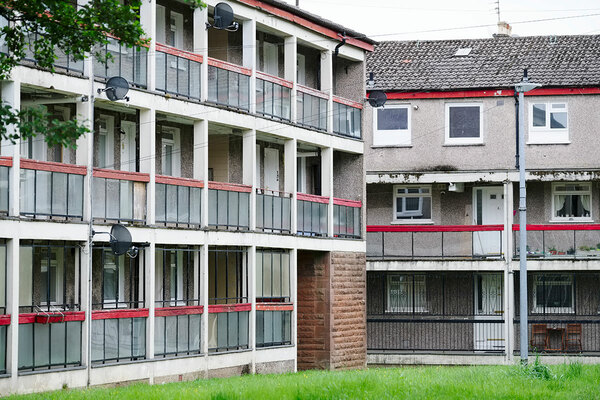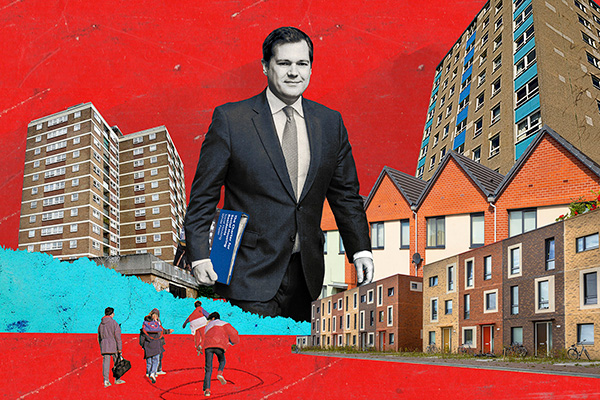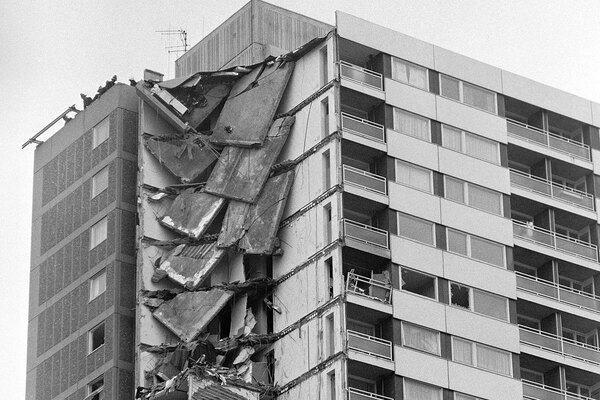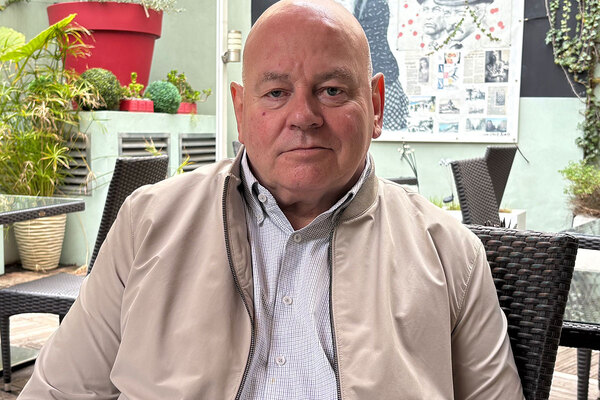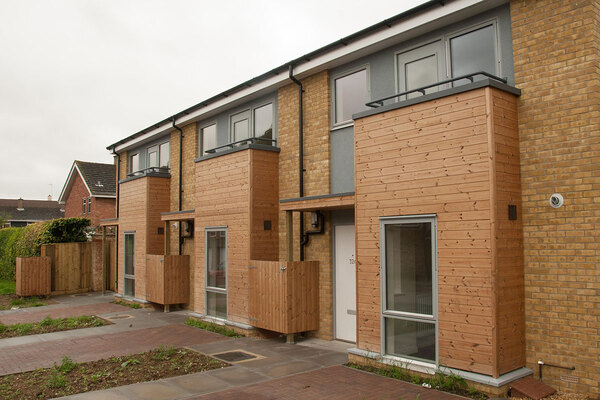Messages on homeownership in Social Housing White Paper ‘creates stigma’, say tenant groups
Tenant campaigners and organisations have criticised the Social Housing White Paper for what it says on homeownership and said it could have gone further in tackling the stigma around social housing.
Inside Housing has spoken to a number of campaigners who said the government’s focus on homeownership further stigmatises social housing and its tenants. They also also pointed out that the issue of stigma was only mentioned a handful of times in the white paper, despite being a prominent part of Social Housing Green Paper, which was published over two years ago.
Leslie Channon, a campaigner for tenants who helped set up a series of ministerial roadshows to inform the green paper, said homeownership was not raised as a key issue by tenants during this process, while stigma “was always in the top three”.
Unlike the Social Housing Green Paper, the newly released white paper does not have a chapter on stigma, however it does have a chapter about homeownership “to ensure that as many social tenants as possible have the opportunity to buy a home of their own”.
“Right at the end they had to put in ‘but everyone obviously aspires to home ownership’... you just created stigma by adding that sentence,” Ms Channon said.
James Prestwich, director of policy and external affairs at the Chartered Institute of Housing, said the chapter on homeownership “could be seen at odds with the idea that the white paper [is] about challenging stigma because people shouldn’t necessarily see that a route out of social housing into homeownership is the be all and end all”.
The word stigma is only mentioned six times in the 75-page Social Housing White Paper, despite the government previously stating that stigma was the most consistent theme raised by tenants during consultations.
Jenny Osbourne, chief executive of Tpas, said: “Stigma was always going to be tricky, very tricky to do, but I think it’s hard to get rid of stigma as long as social housing is presented as a stepping stone for the ultimate goal of homeownership.”
In addition to the white paper, the government today published a summary of the responses it received to the Social Housing Green Paper.
The responses show that when asked what more could be done to address stigma within social housing, 31% of respondents suggested stopping the emphasis of homeownership as the tenure of choice, the second popular option was changing how the media reports on social housing (32%).
Darren Hartley, chief executive of Taroe Trust, added: “There is a very real risk that if social rented accommodation is not seen on par with other tenures of housing, then you get substandard accommodation and substandard services and ultimately its tenants that pay the price for that.”
Social housing activist Rob Gershon said the government “seems to be offering homeownership” as a “way out” of the rest of the problems the white paper is trying to address.
A number of campaigners and tenant groups praised the Social Housing White Paper for its proposals on regulation, which will see the Regulator of Social Housing’s role expanded to focus on consumer regulation. Currently the regulator grades associations on financial viability, which is represented by a grading of V1 (the highest) to V4 (the lowest), and governance, which is represented by a grading of G1 to G4.
Ms Channon said: “What I’m reading in here is kind of exciting. There’s already a V1 and a G1, I would love to see a C1 on par and that’s kind of what they’re talking about in here.”
Ms Osbourne was also supportive of the proposals around regulation, but said Tpas does not “want to see KPIs [key performance indicators] that are meaningless, that distract us from what we think is one of the most important things – which is culture”.
Pat Turnbull, regional representative at the London Tenants Federation, said the white paper is “disappointingly lacking in substance and new ideas”, adding “it will be deeply insulting to the tenants’ groups who responded to the green paper to find not a single mention of the role of tenants’ and residents’ associations and other tenant led organisations in giving a voice to tenants”.
Mr Hartley said it was a “missed opportunity” that the white paper did respond to calls for an independent national platform for tenants.
The Social Housing White Paper was published yesterday, more than two years after the Social Housing Green Paper was published and three-and-a-half years after the Grenfell Tower fire.


